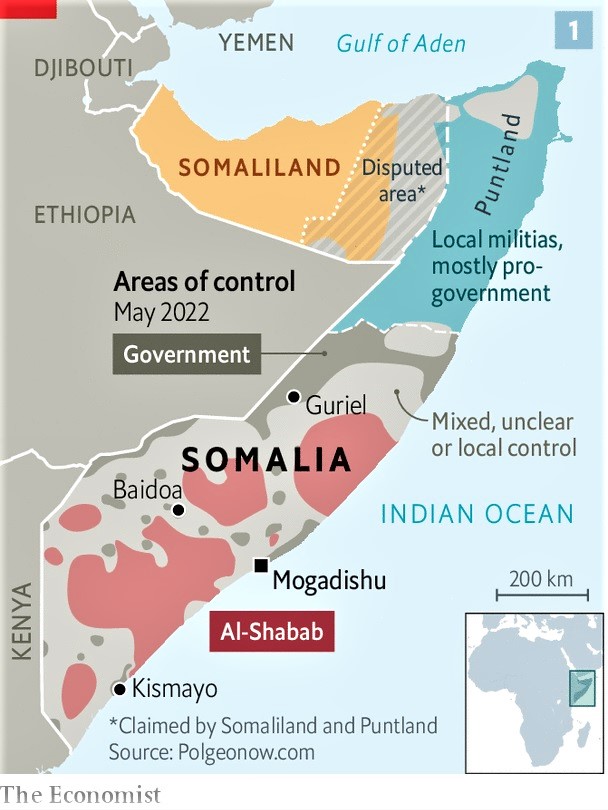7667766266
enquiry@shankarias.in
A joint statement by the U.N. FAO, OCHA, UNICEF and WFP stated that roughly 40% of Somalia’s population is now facing extreme levels of food insecurity with pockets of famine conditions in certain areas.
The Republic of Somalia was formed in 1960 by the federation of a former Italian colony and a British protectorate.

References